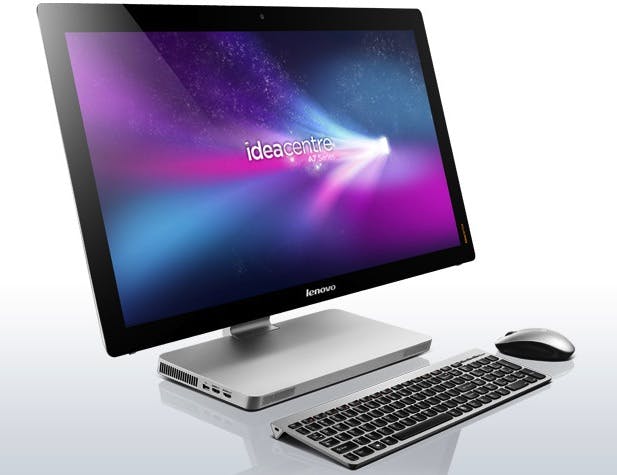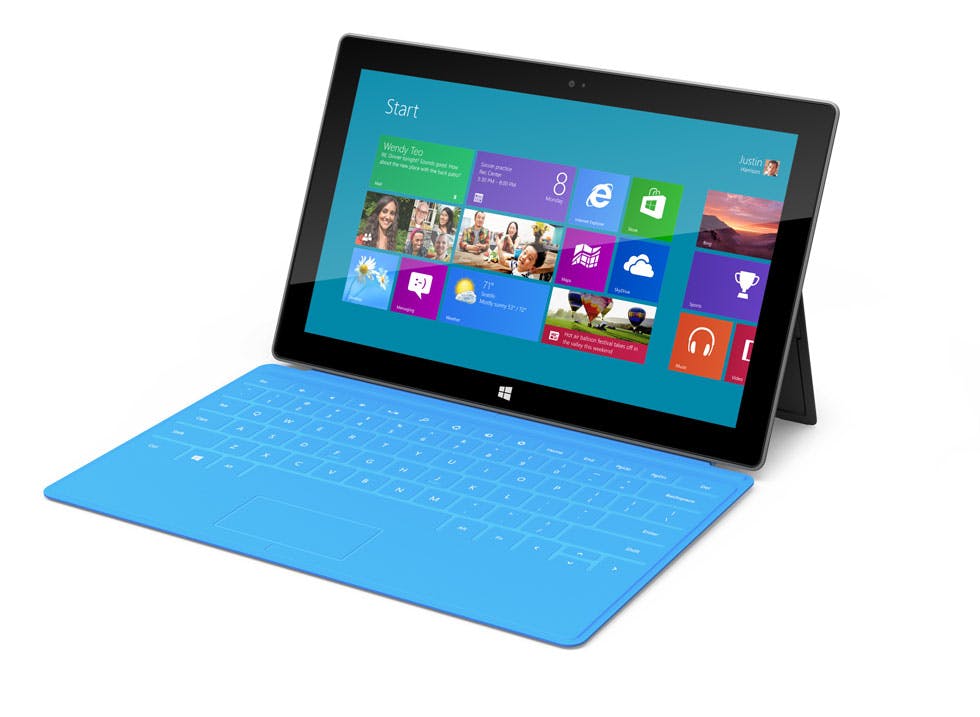
Reconsidering Windows 8 on the Desktop
The other day, I did one of the things that is killing big box stores: I went to Best Buy to look at computers with no intention of purchasing anything from the store (well, not entirely true – I went to pick up a birthday gift for my girlfriend). Given the recent #IBTTalks discussion I had with some of my coworkers last Wednesday, I was curious to take a look at some of the new Windows 8 PCs.
During that conversation, Dave and I were both really harsh on the interface’s usability on the desktop. I had installed the Windows 8 consumer preview in VirtualBox on my Mac because I was curious to see what the new operating system was all about. While I didn’t play with it extensively, there were two things about it that jumped out at me: first, the tiles and the ‘not-Metro’ interface are really hard to understand and work with intuitively without a touchscreen; second, the split between the not-Metro interface and “Desktop” is extremely disconcerting and ruins the flow of the OS.
I still stand by these criticisms, for what it’s worth, but during the chat, we were pretty adamant that Windows 8 doesn’t really belong on a desktop computer and may only be partially functional on a laptop. However, given the future of touchscreen interfaces, I think I should soften some of my criticism, because you could do some really interesting things with touch, even on a desktop.

This is this Lenovo IdeaCentre A720. The design is very iMac-looking, and I had actually read a review on Ars Technica before playing around with it in store, so I had some preconceptions. The review characterizes the touchscreen as more of an add-on than a core functionality, but with the Windows 8 interface, I strongly disagree. I really don’t think you want to interact with the interface much without a touch screen if you can help it because quite frankly, it sucks.
The real problem they had with the use of the touchscreen was ergonomics; holding your arms out to use the touchscreen is really tiring and cumbersome. The tablet works well for that form factor because you hold and interact with it more like a book on your lap than a screen in front of you. Without that, you’re kind of stuck reaching your arms out and you can’t do extensive work like that.
However, with the set up of the A720, I was able to set up the screen such that it wasn’t standing straight in front of me but was much more down at an angle, kind of like an old arcade machine. While I was standing at the display (so perhaps sitting, it would still be cumbersome), it seemed to me you could interact with the touch display pretty easily while seated. Ars’ “web kiosk” use case seems like an under-utilization of the platform.
Even if, on this particular desktop set up, the ergonomics of it don’t work, I think you could engineer a set up where the screen is on more of an angle than standing straight up that could make the touch screen a usable possibility. Maybe seated in a desk recess – somewhat web-kiosk-y. I don’t know, I’m not an engineer, computer designer, or ergonomics expert, but I do think there are a lot of interesting possibilities on that front.

The other interesting device I played around with is the Lenovo Yoga. It’s one of three Lenovo convertible laptops that are running Windows , and all three form factors are interesting and innovative takes on what a hybrid laptop/tablet device could really look like. Basically, they all can rearrange their screens and keyboards into positions more conducive to tablet-type work while maintaining access to keyboards and trackpads when the work warrants it.
Granted, the technology hasn’t really optimized these forms yet. The Twist seems the most appealing form to me, but it’s the heaviest of the three. While I don’t expect a laptop to get down to iPad weight, I think the weight factor is going to be significant in their success. The Yoga in particular also didn’t cover the keyboard when you flip the screen over, which makes it difficult to work with as a tablet.

Obviously, we’re not there yet – the Surface, which kind of fits the tablet/laptop combo mold (except it runs a different processor and won’t run ‘legacy’ Windows programs, despite the presence of “Desktop”), has been pretty universally panned so far (owing mostly to the awful Windows RT), and many of the laptops being produced don’t really handle this touchscreen/laptop interface all that well. But I do think I have to reconsider the possibilities now that we have a “touchscreen-enabled OS” in Windows 8.
